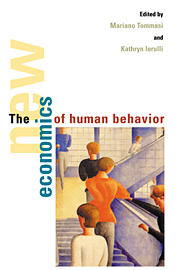Book contents
8 - The process of government
Published online by Cambridge University Press: 03 December 2009
Summary
Introduction
Suppose we have a corrupt city government, and we want to improve our understanding of the phenomenon of corruption. A naive explanation would be that corrupt acts are committed because corrupt men are in office. This statement, while very straightforward, does not improve our understanding on the subject. There are too many questions that cannot be answered in such terms. What form does the corruption take? How pervasive is it? Why does it appear in one city and not in another? If we explain corruption in terms of corrupt men, we find ourselves building a set of problems in the background corresponding with the problems in the foreground, but not throwing any light upon the latter.
A more fruitful strategy consists of forgetting moral characteristics and analyzing the acts performed. To do this we must find out what circles of the population those groups represent in each case. We then must work out which other circles of men they injure, and we finally must get some measurement of the extent of the injury and their reaction against injuries of these kinds. When all this is done we will realize that we have learned much more about the phenomena under study than naively attributing municipal corruption to corrupt city officers.
- Type
- Chapter
- Information
- The New Economics of Human Behaviour , pp. 129 - 139Publisher: Cambridge University PressPrint publication year: 1995



